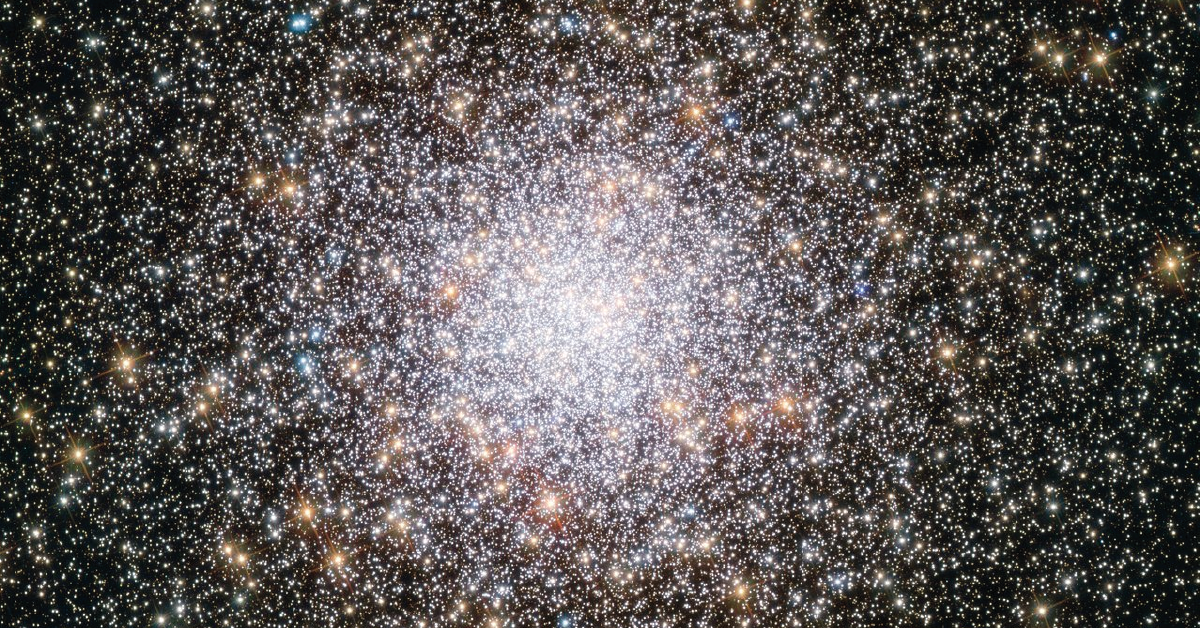Focusing at night is one of those quiet challenges in astrophotography. It sounds simple, but in practice, it’s often the first real test of patience. Unlike daylight photography, there’s no autofocus, no clear edges, and no feedback unless you go looking for it. But with the right method, getting crisp focus is not just possible – it becomes part of your nightly rhythm.
This guide is designed for beginners using a DSLR, mirrorless camera, or dedicated astro camera, whether attached to a telescope or a lens. It walks you through your options in a calm, reliable way, so you can spend less time guessing and more time capturing.
Why Focusing Matters
When you are capturing pinpoints of light from distant stars, even a small amount of blur can affect your image. Poor focus leads to bloated stars, smeared detail, and softer results that are difficult to recover later. But once you learn how to nail focus, it becomes second nature – and the difference is visible right away.
Whether you are imaging wide-field starfields or close-up nebulae through a telescope, focus is one of the most important steps in your setup.
Start With Rough Focus Using Live View
If you are using a DSLR or mirrorless camera, the easiest way to begin is with live view on the back screen. Set your lens or telescope to manual focus, point at a bright star like Vega or Arcturus, and slowly adjust focus until the star becomes as small and sharp as possible.
Zoom in on the live view screen if you can – ideally to 5x or 10x – so you can see the star’s edges clearly. On some cameras, the star will shift from a soft blur to a tight, bright point when you get it right.
If your target is faint, you can also use a bright object on the horizon, such as a distant streetlight or antenna beacon, just to set rough focus before moving to the stars.
Use A Bahtinov Mask For Precision
One of the most reliable tools for focusing through a telescope is a Bahtinov mask. This is a plastic or metal cover with a cut-out pattern that fits over the front of your telescope. When you place it over your optics and aim at a bright star, it creates a distinctive diffraction pattern with three spikes.
Two of the spikes stay fixed, while the central spike moves as you adjust focus. When all three intersect cleanly, you have perfect focus.
Bahtinov masks are inexpensive, lightweight, and easy to use – a favourite among deep sky imagers for good reason.
Check And Recheck As The Temperature Drops
Focusing is not a one-time task. As the night goes on, temperature changes can cause lenses or telescopes to contract slightly, shifting your focus point. If your stars look sharp early on but blur by the end of the session, this could be why.
Make it part of your process to recheck focus every hour or two – especially on cold nights or during long imaging runs. Many imagers build this into their natural pauses between targets or filter changes.
If you are using software to automate your imaging session, some programs can refocus automatically using a motorised focuser. But for most beginners, a manual check every so often works just fine.
Dedicated Astro Cameras: Software-Assisted Focusing
If you are using a cooled astronomy camera, you will likely be focusing through imaging software on a laptop. Most programs – including SharpCap, NINA, or Astro Photography Tool (APT) – offer live preview modes and focus aids.
These may include real-time star metrics like half-flux diameter (HFD) or FWHM, which measure star sharpness numerically. As you fine-tune focus, these values drop. When they reach their lowest point, your focus is dialled in.
It may sound technical, but once you see it in action, it becomes a fast and repeatable part of your routine.
Lock It Down Gently
Once focus is set, take care not to bump or twist the focuser. Some setups have a focus lock screw, which you can tighten gently to hold everything in place. Avoid over-tightening, as that can shift focus or stress the mechanism.
If you are using a lens, a small piece of masking tape on the focus ring can help keep it from slipping during long exposures.
Final Thoughts: Focus Is A Quiet Skill
At first, focusing feels fiddly. It is easy to rush, or to assume near-enough is good enough. But over time, it becomes something else – a pause before you begin, a moment to tune into the sky and your setup.
Good focus rewards you twice. First, in the clarity of your stars. And second, in the satisfaction of knowing you got it right with care and attention.
Like everything in astrophotography, it gets easier with time. Keep checking, keep learning, and before long, you will be able to focus in the dark without thinking twice.



